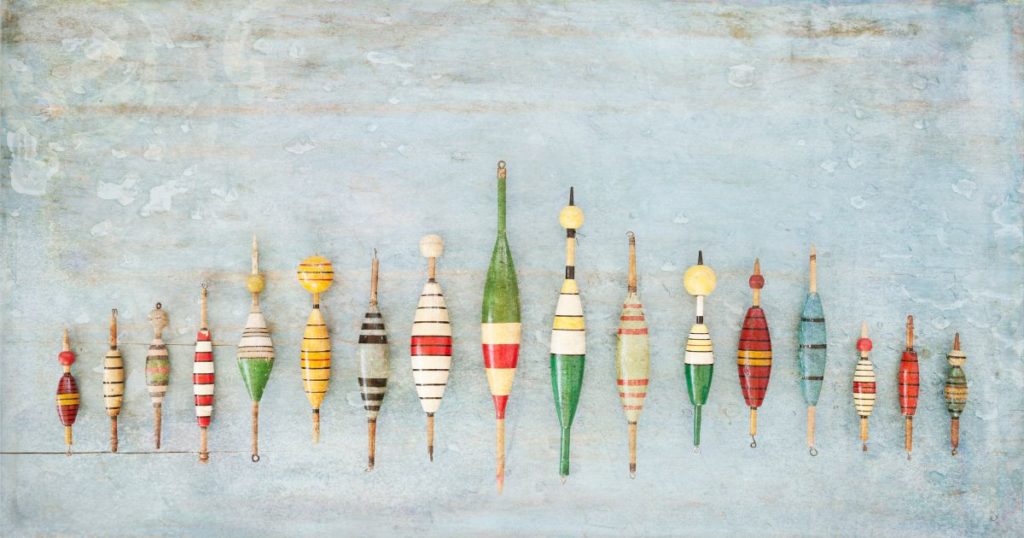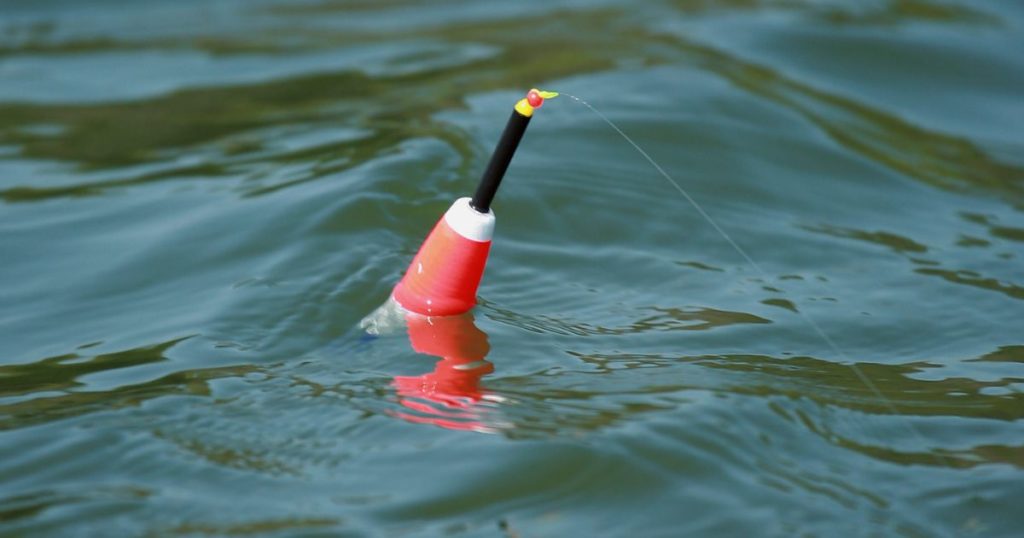In the midwestern states, the walleye is a widely sought-after gamefish. They are sought-after not only for their fine table fare but also for the challenge of catching them, which at certain times of the year are excellent or can be very tricky at others. Slip bobber fishing for Walleye is a simple yet effective technique to add to your fishing arsenal.

What is a slip bobber?
A slip bobber is a type of fishing bobber that is designed to allow anglers to easily adjust the depth of their bait or lure in the water. Unlike traditional bobbers that are fixed to the fishing line, slip bobbers have a hollow tube running through their center that allows the line to pass through freely. The fishing line is threaded through the tube, and a small knot or stopper is added to the line above the bobber to keep it from sliding down the line.
The benefit of a slip bobber is that it allows anglers to quickly and easily adjust the depth at which they are fishing, without having to retie their line. By simply sliding the bobber up or down the line, anglers can fish at different depths in the water column, depending on where the fish are feeding. Slip bobbers are particularly useful for fishing in deeper water, where it can be difficult to accurately judge the depth of the fish.
How do you set-up a slip bobber rig?
Setting up a slip-bobber rig is very simple. Use a slipknot pre-tied rig, which can be purchased at most sporting good stores or bait shops. This knot is pre-tied to a small section of a straw. You slide your line through the straw and push the pre-tied knot onto your line. Pull the two tag ends tight so the knot tightens to your main line. Slide the small piece of straw off and then slide your line into the top of the slip bobber and out the bottom. Then tie your hook on and add some weight above your hook to pull the bait down. You simply slide the knot up or down the line to your desired depth you wish to fish. Using a 4 to 8 pound test equivalent superline is important in my opinion. This line slips through the bobber with little or no resistance, using a fluorocarbon leader is also recommended.

Why can slip bobbers be an effective technique in catching walleye?
When it’s a slow drift along a tapering drop from a long, extended point and the walleyes are three feet off the bottom. However, they are not always on the bottom, as we will discuss further in this blog. This approach is best used in a little to no-wind situation when fishing a long, tapering underwater point. We like the slip-bobber because we can put the bait directly in front of the fish without guessing where our bait is in conjunction and with no abrupt movement that jigging, casting, and rigging creates.
On most calm, still days, it’s sunny or close to it. The fish are spooky, as most species are during these conditions. A drop shot hook or wide gap hook #1 is ideal for this situation. Just the hook is used; no other part of the drop shot configuration is used. The shape of this hook is critical to your high percentage of hook ups; we are at 90 percent. Try them; they work. The color of this hook can help in the amount of strikes you receive.
The weight system is dependent on the situation. It depends on wind conditions, depth, current, and if we are in trees or weeds. If we are working in water deeper than 10 feet or if we are in current, we like to place our weights about 12 inches apart so our bobber is just about 1-1/2 inches above the water.
The deep fish cannot feel the bobber when pulled under the surface. If we are in current, the spacing of the weights will slow our drift. Fishing in the weeds may require precision placement of the bobber, as the fish can be tightly grouped in a small area of the weeds, usually the thickest section.

Sometimes adding additional color to your line helps create a strike. Adding different colored slipknots to the line, with some extra line sticking out from each side of the knots, will wiggle around and attract more strikes. The size of our slip-bobber depends on how much weight we are using; if we are using traditional slip-bobbers (4 inches tall), we like weighting them so the bobber is halfway under water. If we are fishing in windy conditions and drifting, we may switch to a tall, 10-inch pencil bobber.
This bobber has much less wind resistance and moves slowly even in windy conditions. When fishing deep rock bars, humps, woodpiles or deep flats, we again place our weights about 12 inches apart and use up to four or five at a time. By placing a bigger weight at the bottom and top, and smaller weights in the middle, the live bait will not entangle. The system drops down to the desired depth.
What type of bait should you use with slip bobbers?
Minnows works well for a slip bobber. We like using a larger chub minnow on the bobber. Most species of fish like a big meal especially if they do not have to chase after it. The slip-bobber works very, very well for this. Also, the bigger minnow continuously moves and swims around, attracting bigger game fish. Using a nightcrawler hooked onto the slip bobber works well when drifting the mud flats or on the bottom of the weed beds. Leeches are very productive in many locations. When we are fishing deep or shallow wood structure, they can be bumped along the branches. The leech does not pull free from the hook. When on top of rock piles, they work well. The walleyes gorge themselves on leeches when they are utilized in this location.
At Green Bay Trophy Fishing we take great pride in the techniques and strategies we use. Whether you’re looking to fish for walleye, smallmouth bass, or pike, we’ll be sure to get them biting on your trip.
